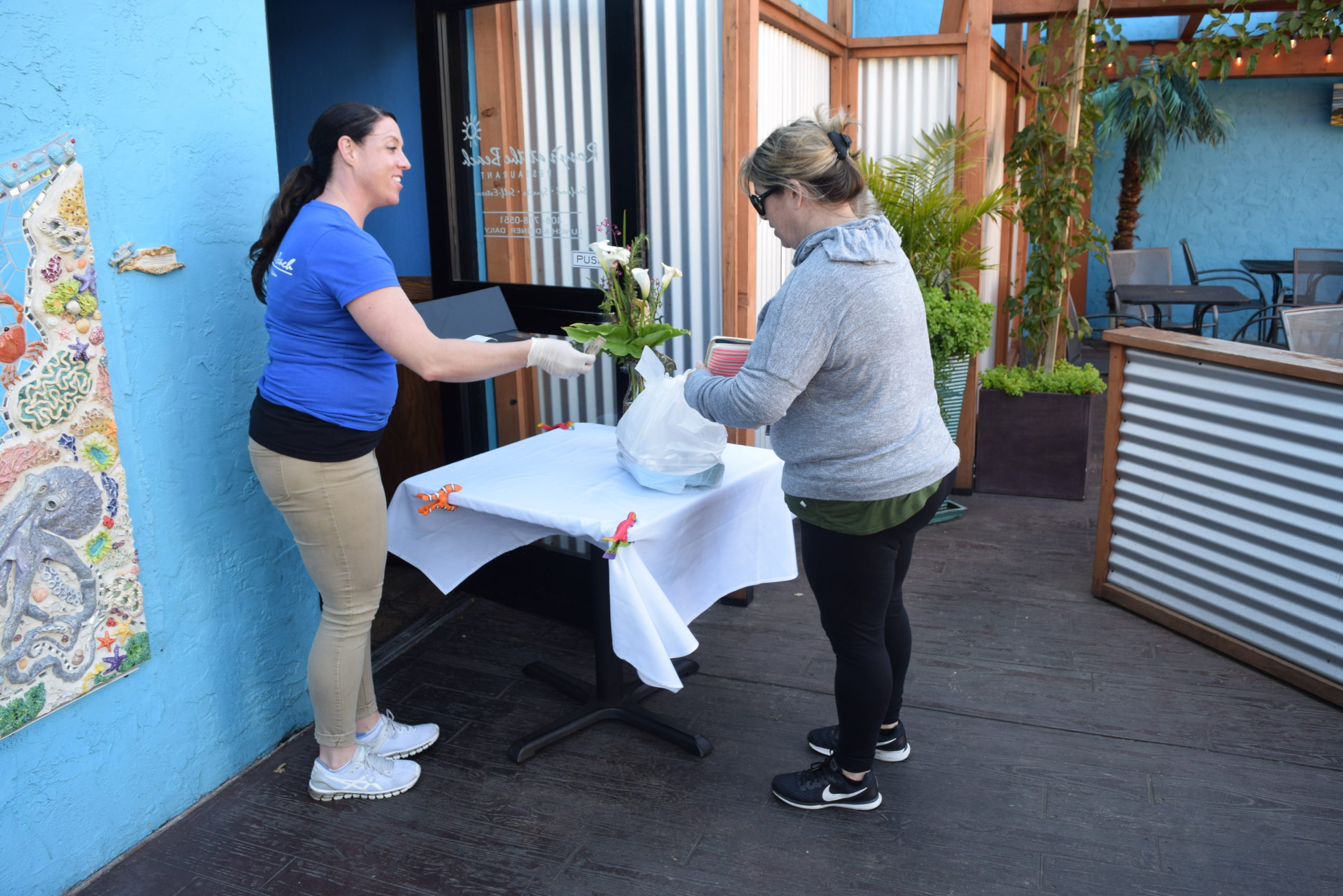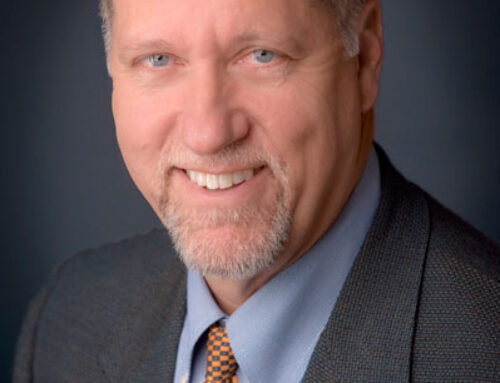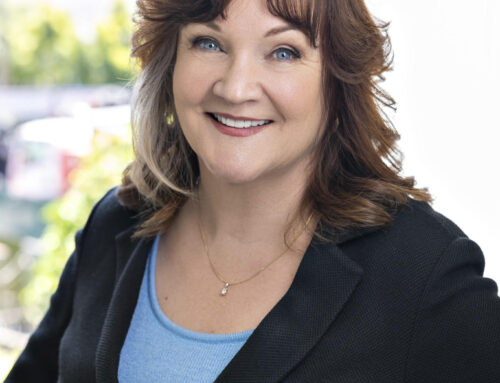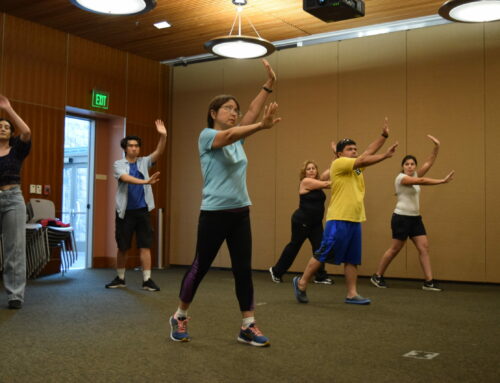Bay Area residents have done well, but more time needed to “flatten the curve,” experts say

By Robert Airoldi and Marty Cheek
As the shelter in place order enters its fourth week, residents are feeling the stress. Some are working from home and homeschooling their children. Others are still commuting to “essential” jobs, while many others are filing for unemployment.

To preserve critical hospital capacity, public health officials in seven Bay Area jurisdictions extended the stay-at-home order through May 3. The previous three-week order was set to expire April 7 and it has been effective so far in reducing the rate of transmission of COVID-19, Cody said. The reason for the extension is that health officers have seen a significant increase in the number of positive cases, hospitalization and deaths from COVID-19, which is beginning to strain healthcare resources. More and stricter social distancing is needed to slow the rate of spread, prevent deaths, and prevent the health care system from becoming overwhelmed.
The COVID-19 shelter-in-place is changing South Valley society dramatically. Streets and boulevards once bustling with traffic during rush hour are now virtually empty during peak commute hours. Many businesses are shuttered, and restaurants are allowing curbside pick of food and alcohol. (See MHDA column on page 14 for details).
 Superintendents across Santa Clara County including the Morgan Hill Unified School District notified parents classes would not reconvene physically for the rest of the 2019-2020 school year. The last day of school for Morgan Hill Unified School District was June 5.
Superintendents across Santa Clara County including the Morgan Hill Unified School District notified parents classes would not reconvene physically for the rest of the 2019-2020 school year. The last day of school for Morgan Hill Unified School District was June 5.
This impacts the 260,000 students attending classes in 31 districts in the county. They will continue their education with online learning systems.
“The remainder of the school year now transitions from in-person classroom instruction to instruction and support for students through distance learning options,” county education officials said in an April 1 letter. “We will continue to navigate our way through this pandemic locally with the guidance of Dr. Sara Cody and the Santa Clara County Public Health Department so that we can ensure the health and safety of our students and their families as well as for our staff.”
To help families that rely on a nutritious school-time meal, MHUSD is giving out hundreds of free lunches throughout the week to families that are need. Monday, March 30, volunteers passed out about 2,000 free breakfasts and lunches at El Toro Elementary School. Locations vary, so check www.mhusd.org/covid-19/weekly-lunch-pick-up.
In addition, MHUSD March 30 opened three classrooms at Barrett Elementary School as sites where first responders and health care professionals with young children can get childcare from 6 a.m. to 6:30 p.m. The idea came from Superintendent Steve Betando who worked with the Santa Clara County Health Department to make sure the sites were up to safety standards. The Morgan Hill Community Foundation and the Mount Madonna YMCA raised nearly $25,000 to help supplement the cost of the childcare, (Please go to www.morganhillcf.org if you are able to donate.)

Residents are required to stay at home except for doing essential activities, such as grocery shopping. Non-essential businesses will remain closed.
“Extending the stay-at-home order should reduce the number of sick patients seeking care at one time, giving us time to acquire more medical supplies for providers who will be providing care to people sick with COVID-19,” said Dr. Chris Farnitano, health officer for Contra Costa County in a March 31 press release. “The extension will allow doctors and nurses to better treat those who do get sick and save countless lives.”
The new order adds some clarifying language around essential business and activities, as well as some new directives, including:
-
Use of playgrounds, dog parks, public picnic areas, and similar recreational areas is prohibited. These areas must be closed to public use.
-
Use of shared public recreational facilities such as golf courses, tennis and basketball courts, pools, and rock walls is prohibited. These facilities must be closed for recreational use.
-
Sports requiring people to share a ball or other equipment must be limited to people in the same household.
-
Requires essential businesses to develop a social distancing protocol before April 3.
-
Most construction — residential and commercial — is prohibited.
-
Funerals are limited to no more than 10 people attending.
Social distancing is the most powerful tool to slow the spread of the coronavirus, which has no approved medicines or vaccines.
“What we need now, for the health of all our communities, is for people to stay home,” said Dr. Grant Colfax, director of the San Francisco Department of Public Health. “Even though it has been difficult, the Bay Area has really stepped up to the challenge so far, and we need to reaffirm our commitment. We need more time to flatten the curve, to prepare our hospitals for a surge, and to do everything we can to minimize the harm the virus causes.”
County officials are taking steps to care for the homeless who are affected by the coronavirus. The county and the city of San Jose have secured the use of 172 hotel and motel rooms in San Jose, Santa Clara and Gilroy for the “isolation and quarantine” of homeless individuals who are considered vulnerable or who have experienced some degree of exposure to COVID-19.
Officials are also taking the following steps to stop the spread of COVID-19:
-
Preparing temporary shelter capacity at the county fairgrounds with the city of San Jose preparing Parkside Hall and South Hall.
-
All existing shelters are now operating 24/7 and practicing proper social distancing.
-
Seasonal shelters will remain open through April 15.
-
Hygiene facilities with hand sanitizers have been placed at 14 sites in San Jose, four in Mountain View and three in Gilroy at locations with relatively large groups of unsheltered persons; these include hand-washing stations, portable toilets, clean water.






